QuestionHi, thanks for geting back to me so soon, now I'm no espert in gentics but if I were to take a female or male from the first litter and breed it back to mother or father would some of those babies have rex fur or ducth markings?
-------------------------
Followup To
Question -
Hi, I was wondering if a dwarf dutch is crossed with a mini rex would any of the mini rex coateds have the dutch patteren?
Answer -
NO. First, there would be no Minirex coateds in the F1 cross, as the rex coat is a recessive gene and must be present in both parents (at least as a recessive if not phenotypically present) and a dwarf dutch (which is not a recognized breed and in 33 years I have never seen one) would not be carrying a rexing gene. The Dutch pattern is a recessive set of genes also,(and actually comes in either du1, du2, or perhaps du3) and the Minirex would not be carrying any recessive Du genes, so there would be no dutch markings in that cross either. I suggest that crossing the two animals would result in a regular length coat, and a rabbit that would be generally a solid color but may have white on the tips of both feet and probably a white spot on their noses...that would be the extent of the dutch genetic influence on the brossbreeding mix. Remember that you are asking about two traits that only exhibited (seen) when a double recessive gene pair is present... and these types of 'unique' appearing animals do not occur either easily or often for that very reason. Regards, Steve
AnswerTrue. Depending upon what you want to do, crossing an F-1 offspring back to the parent stock should derive some Dutch marked (though probably not well marked or defined...) and the Dutch type would obviously be distorted (Probably made longer) by the genes of the Minirex...and still no rex coats would arrive. Same goes for the rex side, with no dutch markings showing up. In either case, the result would be 50% of the desired trait. Another option..and also long shot..is to cross two littermates. Given the statistical approach, you may get a rex coated dutch marked rabbit but your odds are 6.25 out of 100. that is derived from taking the odds of getting a dutch marked from each crossing of F-1's (.5 X .5 or .25 so 1 in 4 will be dutch marked) and the odds of getting a rex coat from each crossing of F-1's (same calculation or 1 in 4) but them you need to multiply the odds of getting each, compounded by wanting them on the SAME animal, so the odds are .25 X .25 = .0625..ergo, 6.25 out of 100 or 1 in 16... with litter sizes of about 4, best case scenario is that you'll get 1 every 4 litters. Does this make sense? Of course, you could get one the first time you cross the F-1's..and you could get one not until the 10th litter...Such are the odds of attempting it...but at least I have provided you with an understanding of the big genetic picture. In case it makes you feel better, I am working on a rabbit coat color development that needs 3 sets of recssives to get combined... and the odds starting out are .25 x .25 x .25 or 1.56%... (about 6 times harder than what you are trying to do) but I have 64 cages, and so it is moving along..and in my second year I now have one that is 'almost' what I want! Good luck! Steve

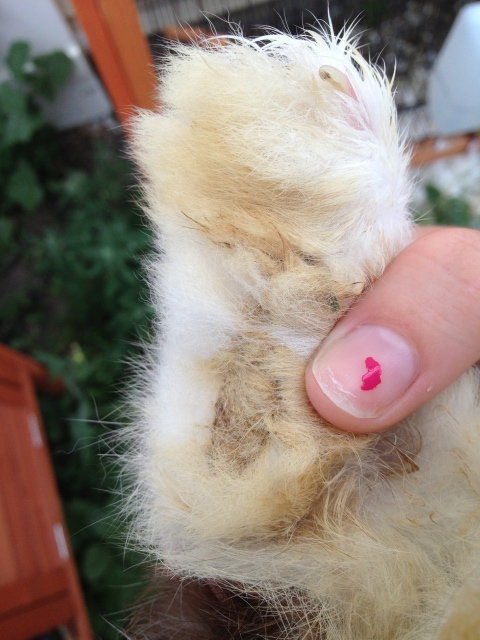 Hock on foot HELP
Question
foot
Hey guys,
I bought this rabbit in
Hock on foot HELP
Question
foot
Hey guys,
I bought this rabbit in
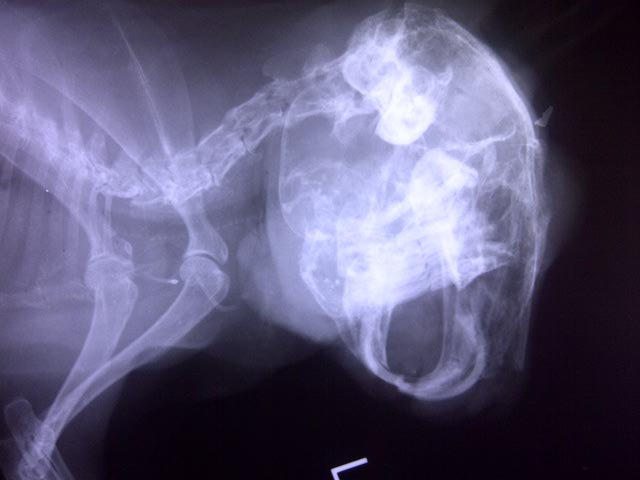 bulging eyes and ears feel cold
Questionxray
bulging eyes
QUESTION: Dear
bulging eyes and ears feel cold
Questionxray
bulging eyes
QUESTION: Dear
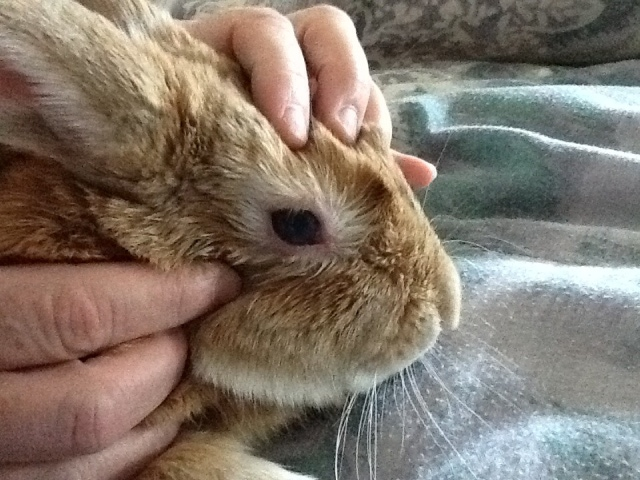 Bunny Eye
Question
Bentleys eye
Our 7 month old bunny Bent
Bunny Eye
Question
Bentleys eye
Our 7 month old bunny Bent
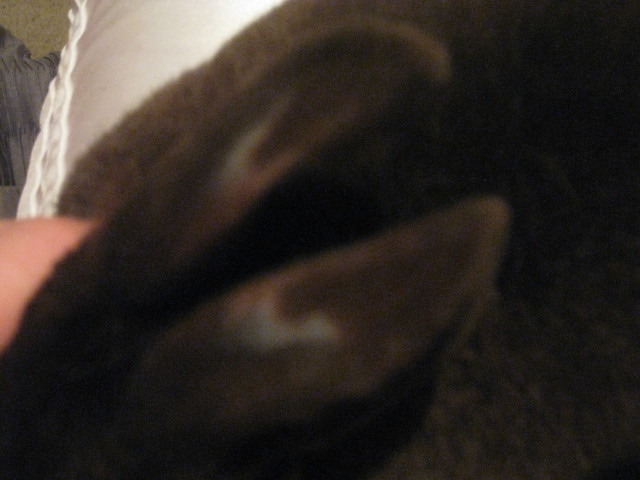 Flaking Skin on Outer Ears
Question
Tofus Ears
My 2 yr old mini rex Tofu ha
Flaking Skin on Outer Ears
Question
Tofus Ears
My 2 yr old mini rex Tofu ha
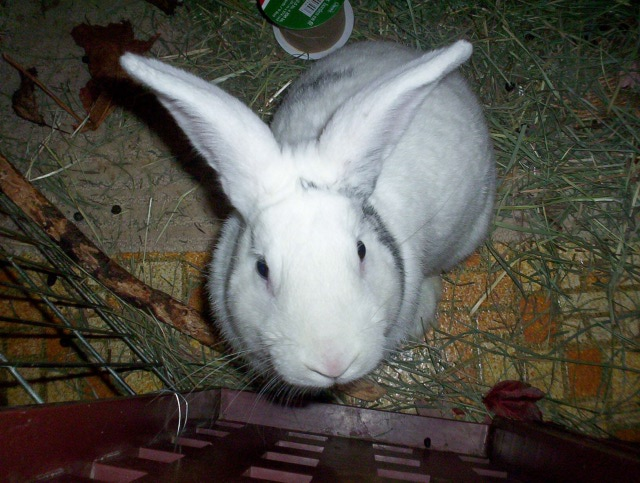 Rabbit urinating outside litter box
Question
Very large white male Very large white
Rabbit urinating outside litter box
Question
Very large white male Very large white